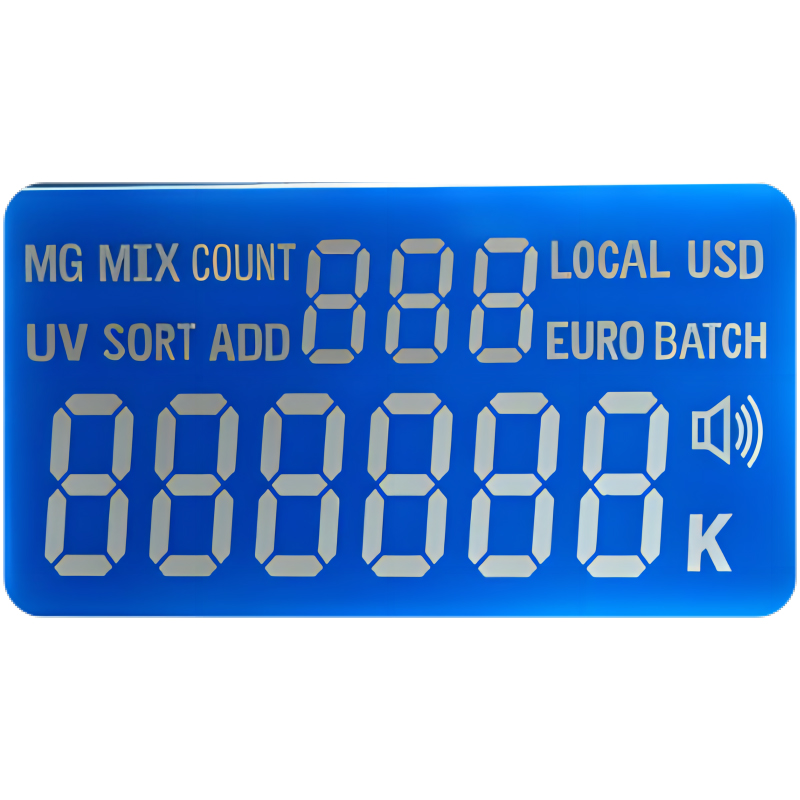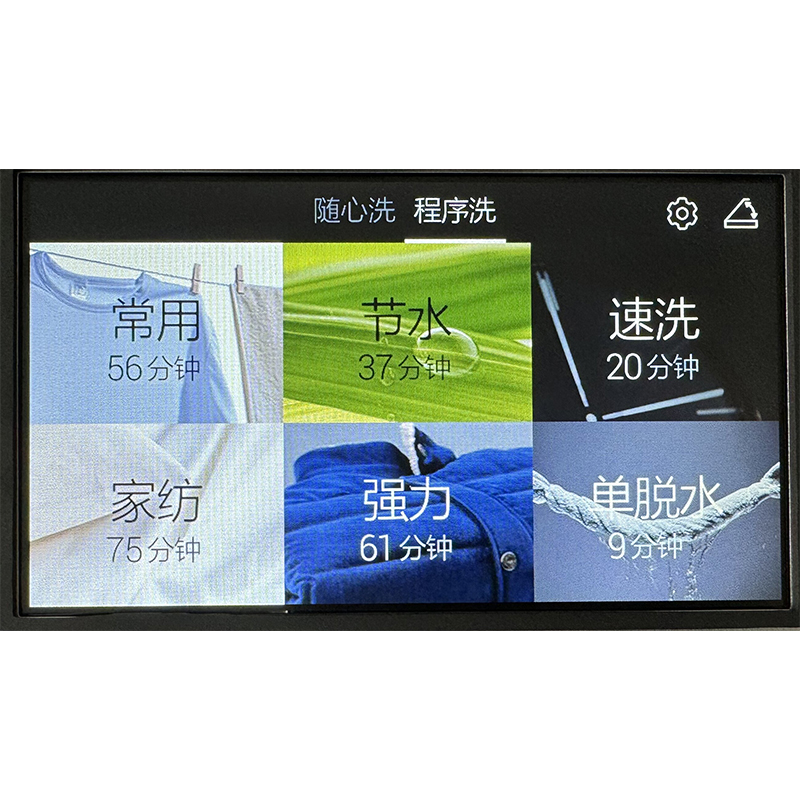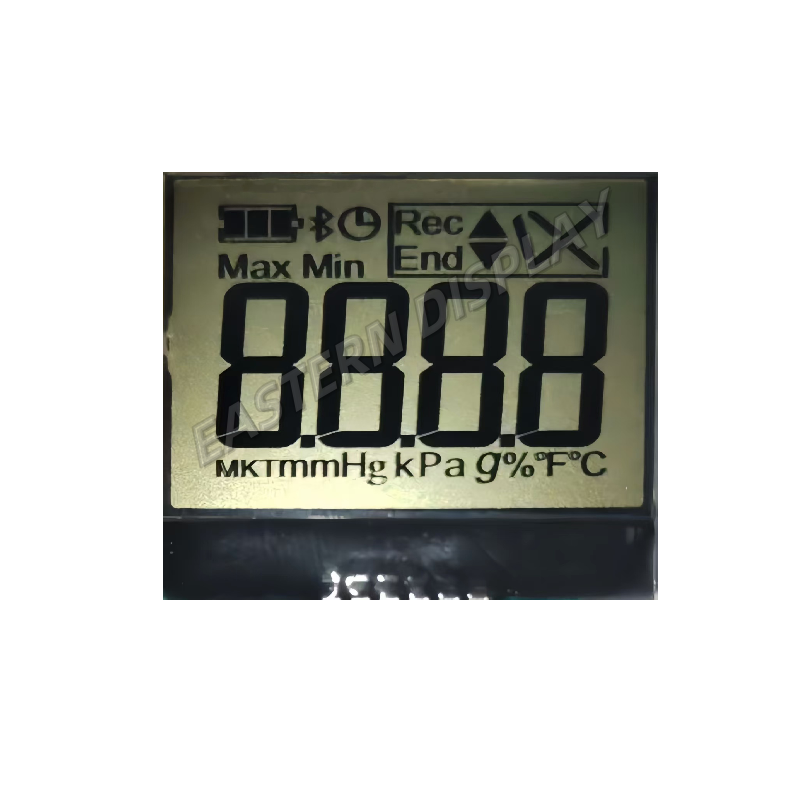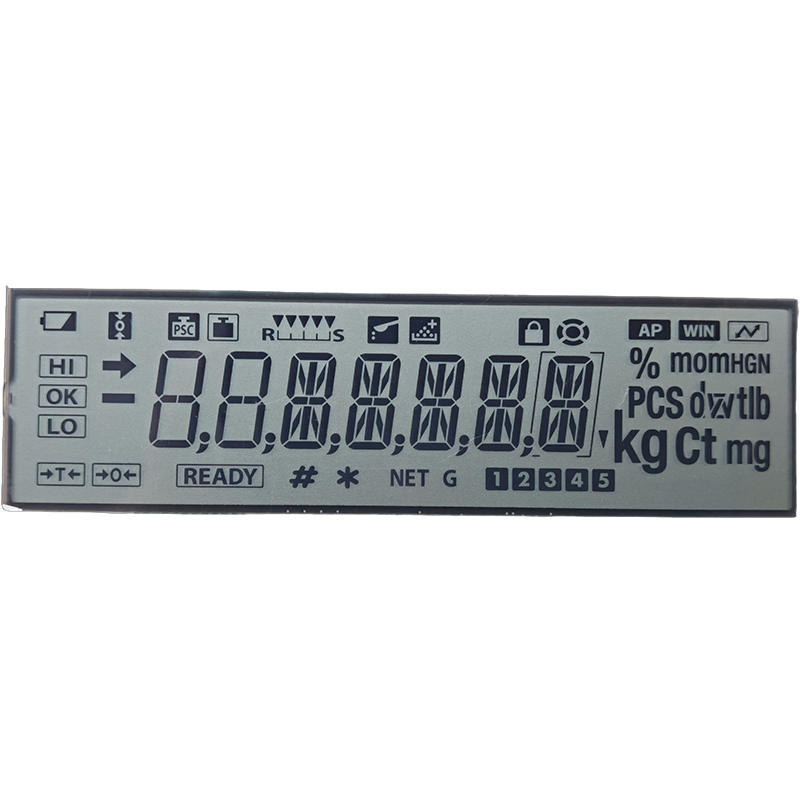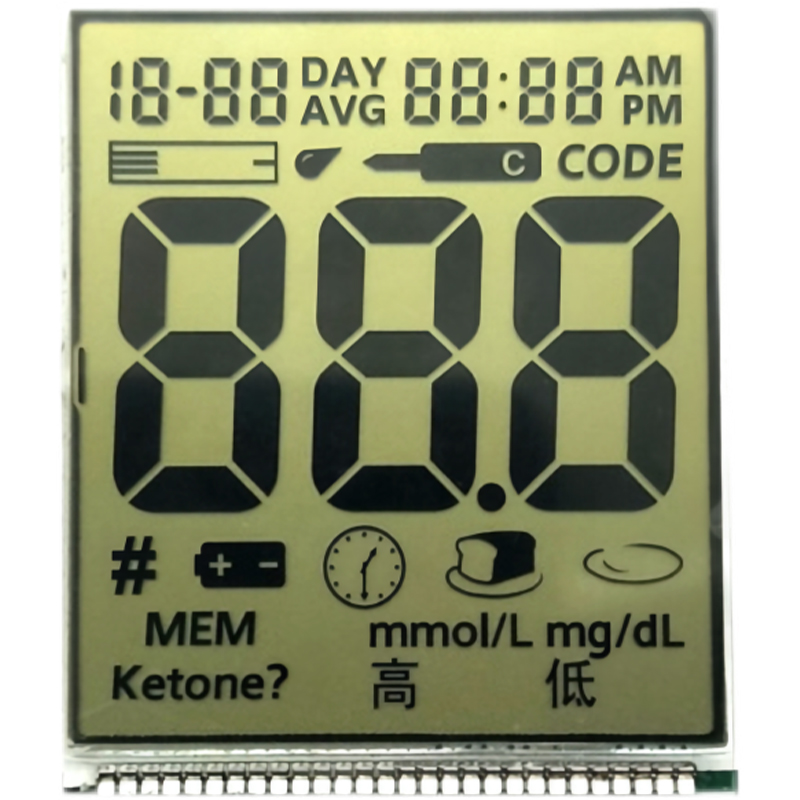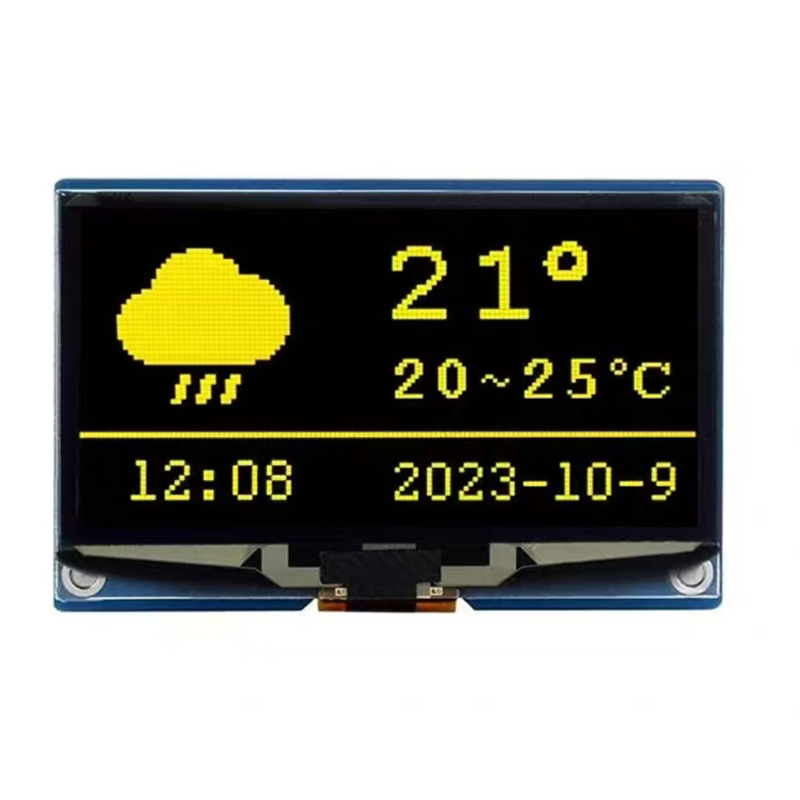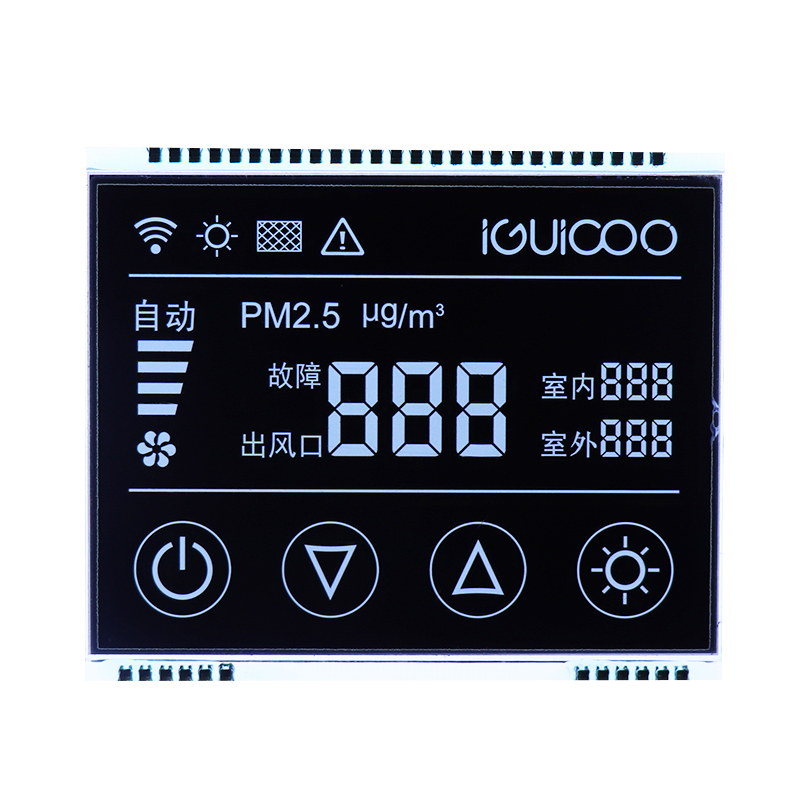
Choosing the appropriate LCD controller is crucial for a successful display project. This guide provides a comprehensive overview of LCD controller types, functionalities, selection criteria, and troubleshooting tips. We'll cover everything from basic principles to advanced considerations, helping you navigate the complexities of LCD controller technology and make informed decisions.
LCD controllers utilize various interfaces to communicate with the display panel. Parallel interfaces, such as 8-bit or 16-bit, offer higher bandwidth but require more pins and are generally more expensive. Serial interfaces, including SPI, I2C, and LVDS, are more cost-effective and space-saving, using fewer pins for communication. The choice depends on the specific application and requirements for speed and complexity.
Integrated LCD controllers are typically found in system-on-a-chip (SoC) solutions, combining the controller with other functionalities like processing and memory management. Discrete LCD controllers are separate components providing dedicated control over the display. Discrete controllers offer more flexibility in customization and performance optimization but increase system complexity.
The market offers a wide array of LCD controller integrated circuits (ICs) from various manufacturers, each with unique features and capabilities. Factors to consider include resolution support, color depth, interface type, power consumption, and operating temperature range. For example, some controllers support high-resolution displays, while others are optimized for low-power applications. Researching specific ICs such as those from manufacturers like [Texas Instruments] and [STMicroelectronics] is essential.
Selecting the optimal LCD controller involves considering several critical factors:
Troubleshooting problems with an LCD controller can be challenging. Common issues include blank screens, display artifacts, and incorrect color representation. Systematic checks, including verifying power supply, signal integrity, and proper configuration, are crucial. Consulting the controller's datasheet and using appropriate testing equipment is highly recommended.
For high-quality LCD displays and expert assistance, consider partnering with a reliable supplier like Dalian Eastern Display Co., Ltd. (https://www.ed-lcd.com/). They offer a wide range of LCD solutions and can help you select the perfect LCD controller for your specific project requirements.
| Feature | Parallel Interface | Serial Interface |
|---|---|---|
| Bandwidth | High | Lower |
| Pin Count | High | Low |
| Cost | Higher | Lower |



